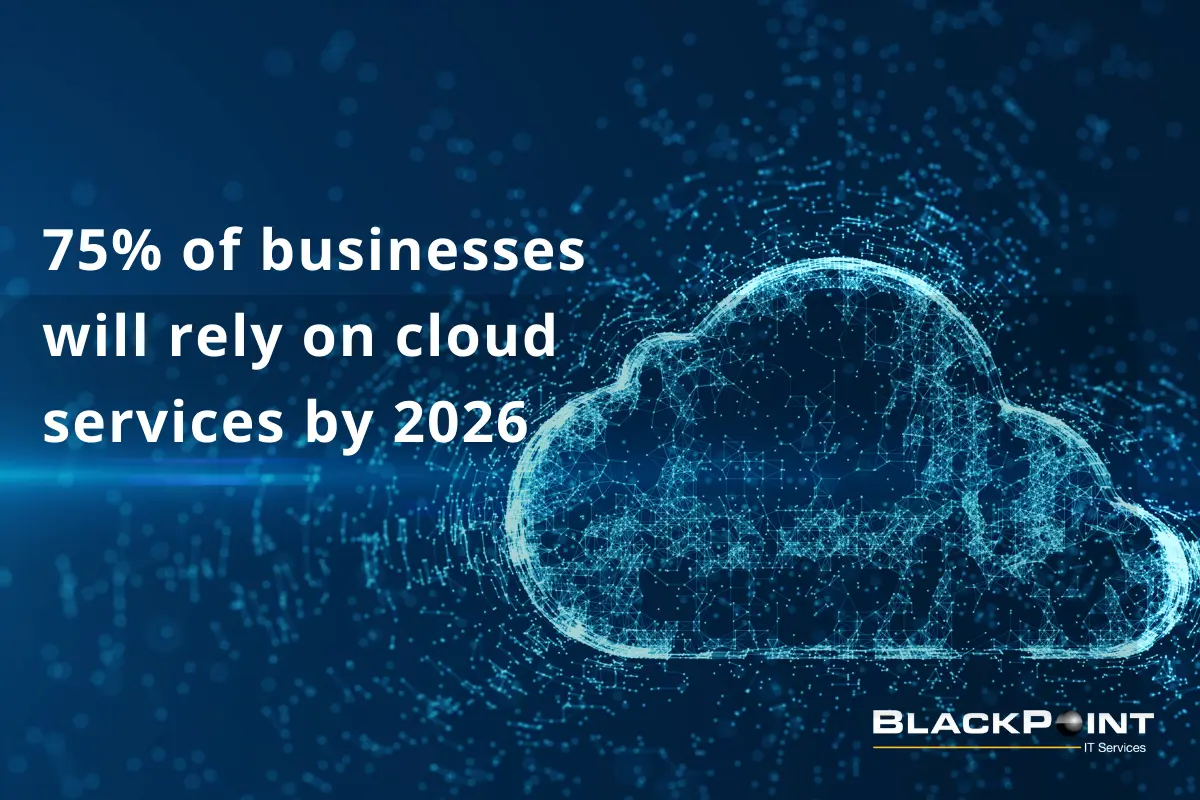
The business landscape has recently undergone a significant transformation due to the aftermath of COVID-19 and the increasing trend of remote work. As a result, many businesses have decided to use cloud computing as a way to store and manage their data and applications to adapt to these changes.
According to Gartner, 75% of organizations will rely on the cloud for digital transformation by 2026. Simply transitioning to the cloud does not guarantee protection against data breaches or compliance with laws and standards. With many businesses going down this path, robust cloud governance is necessary. Proper cloud governance can protect your data, security, and operational efficiency from risks and uncertainties. Prioritizing cloud governance protects your organization’s assets and enables you to confidently navigate toward a secure and compliant digital future.
Cloud governance is a set of policies, procedures, controls, and practices that are put in place to ensure the safe and compliant use of your cloud computing services. It involves a comprehensive plan that outlines how you can manage risks, control access, monitor performance, and meet regulatory requirements while leveraging cloud services while keeping costs within budget.
Security Policies and Controls
To minimize the risk of unauthorized access and data breaches, establish robust cloud security strategies to protect data, applications, and infrastructure.
Compliance
When managing your cloud environment, you should be compliant with all applicable laws, restrictions, industry standards, and best practices. There are two types of compliance that you need to adhere to:
Data Governance
Data Governance is vital for ensuring that data is accurate, complete, consistent, and remains confidential, integral, and available. It involves establishing data access, storage, classification, retention, and deletion policies to manage the entire cloud data lifecycle. Data access and usage policies ensure ethical use, while data classification helps protect data from unauthorized access and use. Retention and deletion policies ensure data is not stored longer than necessary and is disposed of securely.
Cost Optimization
To ensure cost optimization when managing your cloud, you must closely monitor and manage cloud expenses by analyzing usage trends, keeping track of service contracts, and implementing cost-saving measures.
To avoid overspending, set clear budgets for cloud usage and track cloud spending. You need to fully understand the various cost components of your cloud usage and identify areas where money can be saved. In addition, resource optimization is also crucial in right-sizing cloud resources to avoid wasting money, which can be achieved by scaling resources up or down based on demand, using reserved instances, and exploring alternative pricing models.
Operational Efficiency
Continuously monitoring and assessing your cloud environment to identify opportunities for improvement and optimization.
Audit and Risk Management
Using cloud services has its risks, such as unauthorized access, data breaches, and service disruptions. With that, regular audits can help you determine potential risks and vulnerabilities in the cloud environment, which in turn enables you to develop effective risk mitigation strategies.
Have an incident response plan to respond to security incidents or other disruptions in the cloud environment. It should outline the steps and procedures, such as defining the roles and responsibilities of the incident response team, communication channels, and escalation procedures to be followed in case of a security breach, data loss, or service disruption.
BlackPoint IT offers cloud solutions and expert assistance to help you deploy and manage a robust cloud environment. Our cloud consultants can assist you in defining and documenting cloud governance policies and procedures aligned with your business goals and compliance requirements. As we implement security best practices, such as network segmentation, access controls, and data encryption—you can have peace of mind that your cloud environment can withstand threats. Don’t let cloud complexities hinder your business’s growth. Contact us for a free consultation.